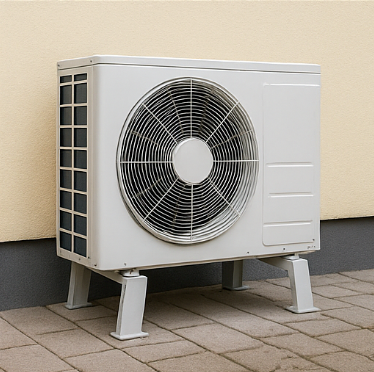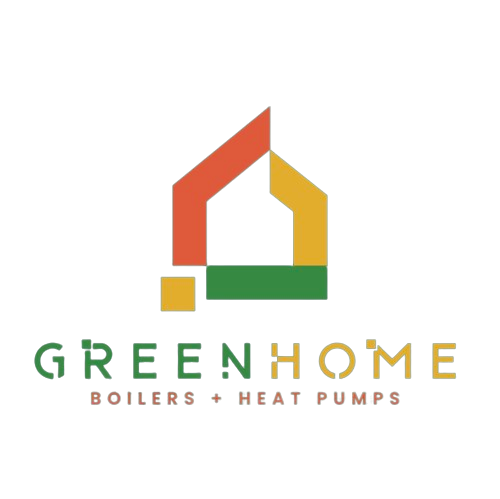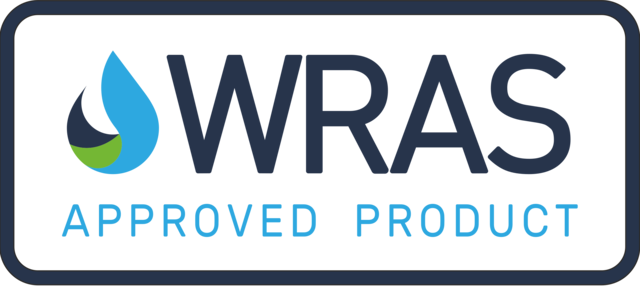From Installation to Efficiency: Assessing Your Air Source Heat Pump Setup
In the current energy-conscious climate, air source heat pumps (ASHPs) have become popular for efficient home heating and cooling. However, the effectiveness of these systems heavily depends on the quality of their installation. This guide will help you evaluate whether your ASHP has been installed to the highest standards, ensuring optimal performance and longevity.
Professional Certification and Experience
The first step in assessing installation quality is to verify your installer's credentials. A reputable
ASHP technician should hold relevant certifications and have substantial experience in heat pump installations. Don't hesitate to ask for proof of qualifications and references from previous clients. A skilled professional will be happy to demonstrate their expertise and track record.
Proper Sizing and Placement
A crucial aspect of ASHP installation is correct sizing and placement. An appropriately sized unit will heat or cool your space without unnecessary energy consumption. The outdoor unit should be positioned in a well-ventilated area, away from obstacles that impede airflow. Inside, the indoor unit should be strategically placed for optimal air distribution throughout your home.
Insulation and Ductwork Inspection
High-quality installations include a thorough assessment of your home's insulation and ductwork. Proper insulation is essential for maintaining the desired temperature, while well-sealed and insulated ducts prevent energy loss. A competent installer will identify and address any issues in these areas to maximise your ASHP's efficiency.
System Controls and Programming
The control system is the brain of your ASHP. A quality installation includes proper setup and programming of the thermostat and any smart controls. The installer should guide you through the system's operation, explaining how to adjust settings for optimal comfort and efficiency. User-friendly controls that are correctly calibrated are indicative of a well-executed installation.
Post-Installation Performance Check
After the installation, a thorough performance check is crucial. This involves testing the system under various conditions to ensure it's operating at peak efficiency. The installer should provide you with performance data, including the system's coefficient of performance (COP) and energy efficiency ratio (EER). These metrics will give you confidence in your ASHP's quality and efficiency.
By paying attention to these key areas, you can effectively assess the quality of your air source heat pump installation. A high-standard setup will provide comfortable temperatures year-round and deliver significant energy savings, making your investment in
sustainable home heating genuinely worthwhile.












